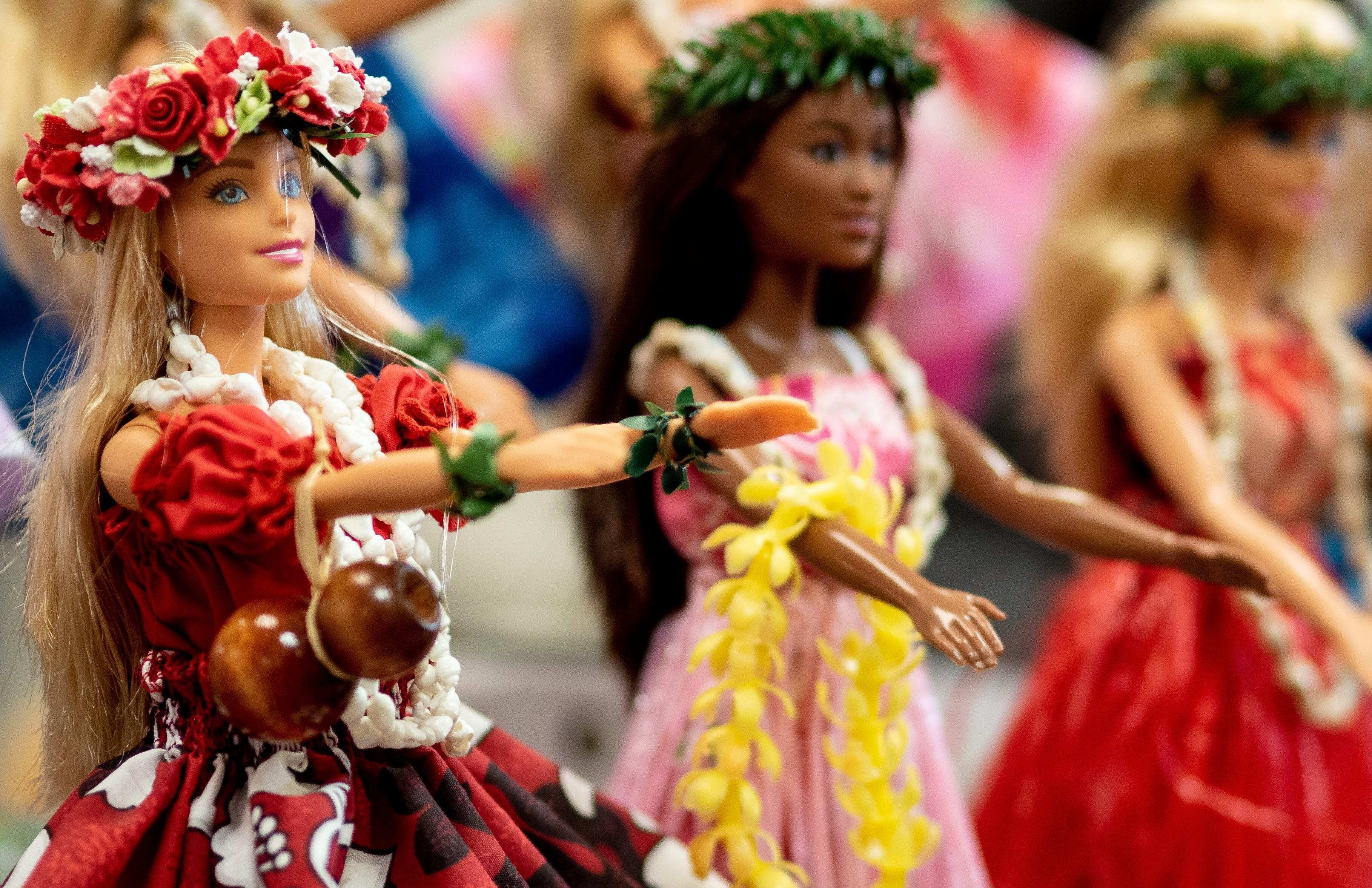“You Can Be Anything”. Barbie as a Symbol of Inclusion and Diversity
The Story of an Icon
Barbie was created in 1959 by Ruth Handler, wife of the co-founder of American toy manufacturer Mattel. In those days, the most popular games for girls were play dolls and porcelain dolls. Ruth decided that she wanted a toy that her daughter could play with by imagining herself as an adult.
Ruth was enthusiastic about her brilliant idea and asked her husband to start production on a toy that would break the mold. Elliot didn’t see the potential in his wife’s intuition and turned down her proposal. But Ruth didn’t give up and, taking inspiration from the Swiss doll Bild Lilli, created the very first Barbie (named after her daughter Barbara), which was launched onto the market on March 9, 1959.
The Barbie of the late 1950s had a zebra-print outfit, fair complexion and black hair tied up in a ponytail. Over the years, Barbie has proved to be capable of adapting to aesthetic and cultural changes in Thanks also to its ability to adapt to the changes, making it an iconic toy but also transforming it into an intergenerational model.

Barbie: A Symbol of Social and Cultural Inclusion
Times change and we change with them. The world has evolved and the Barbie legacy has evolved with it. The style, make-up and accessories of the best-selling doll in history have been adapted to suit the demands, tastes and values of each new era. At the start, the popularity of the world’s best loved fashion doll in the world was down to her extravagant looks and the freedom that the toy gave to girls to mix and match clothing can and accessories as a way of expressing their creativity.
Then came the revolution. Barbie appeared to change her attitude and become more ambitious. She became a doctor, an astronaut, a career woman, an athlete, a rock star and even president of the United States of America. She transformed into an inspirational toy for young girls all over the world. But the Barbie universe did not stop there.. because it’s an infinite world that knows no limits. Next to be launched onto the market were dolls that represent women from all over the world, complete with many different skin tones, outfits and body shapes, with long hair, short hair and bald, with vitiligo, with artificial limbs or in a wheelchair.

Barbie Breaks into the World of Art
The brand’s slogan states "You Can Be Anything" and Barbie is the proof. She’s grown up and today advocates for social and cultural issues, promotes inclusion, breaks down barriers of diversity, and helps girls and young women to find their place within an increasingly global community. This mission has inspired, and continues to inspire, Barbie creations in order to encourage entire generations to be themselves, free from fear or barriers.
Barbie is also a source of inspiration for hundreds of artists and designers across the world. She has become a pop icon and has made her way into the world of art, often becoming a real collector's item. Extravagant hairstyles, extraordinary looks and personalized make-up make for the most popular Barbie dolls.
Barbie often makes an appearance in the world of art in support of charitable causes. The most recent example is the Italian "Barbie Extra" collection, the result of a collaboration between Alfaparf Milano, a professional hair care brand, and Barbie Italy, in support of the Dynamo Plus foundation. Fans, collector and first-time enthusiasts have the chance to win one of five customized dolls at auction and support a truly noble cause at the same time.

 Art
Art Collectibles
Collectibles Experiences
Experiences Football
Football Match Worn
Match Worn Music
Music Sports
Sports